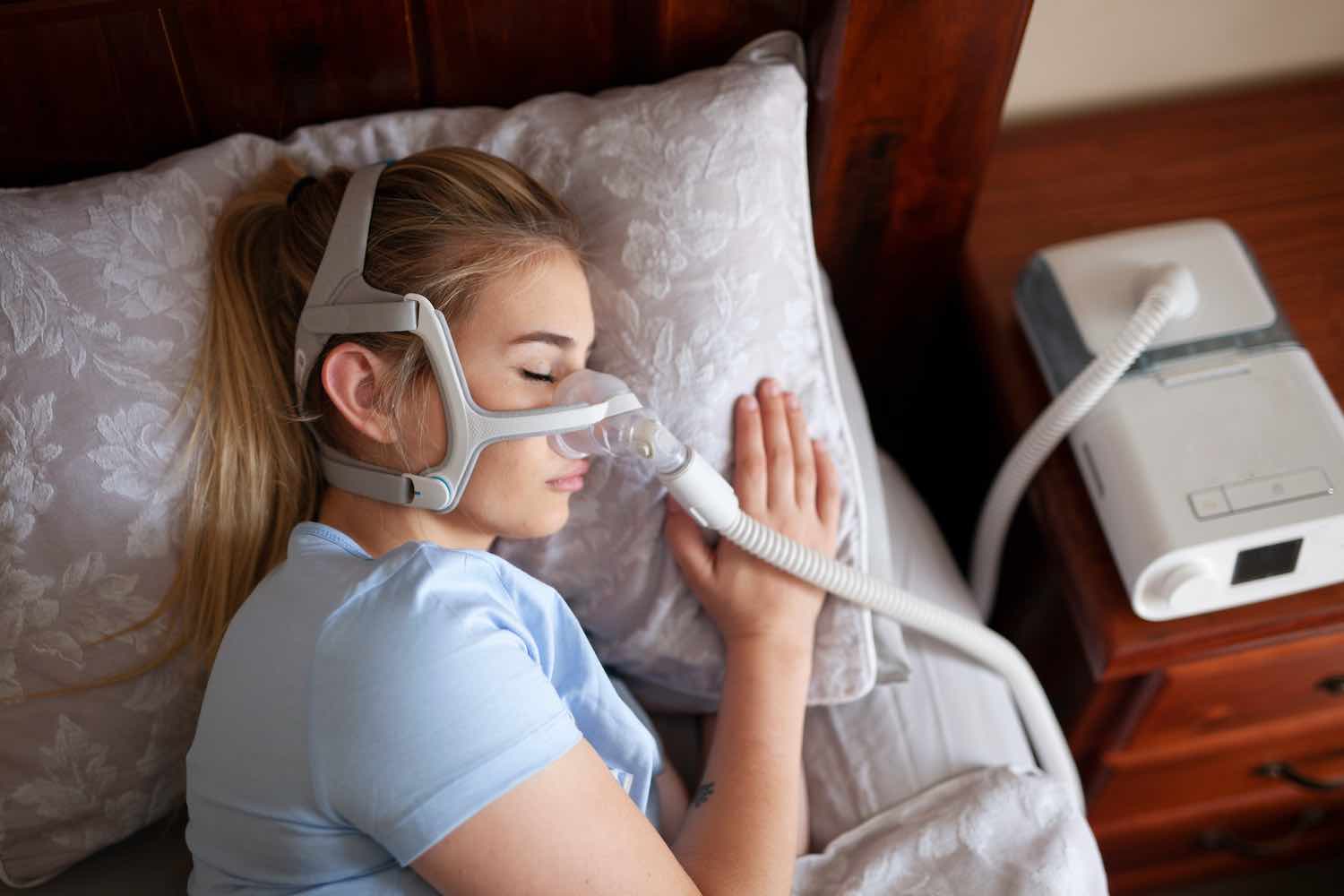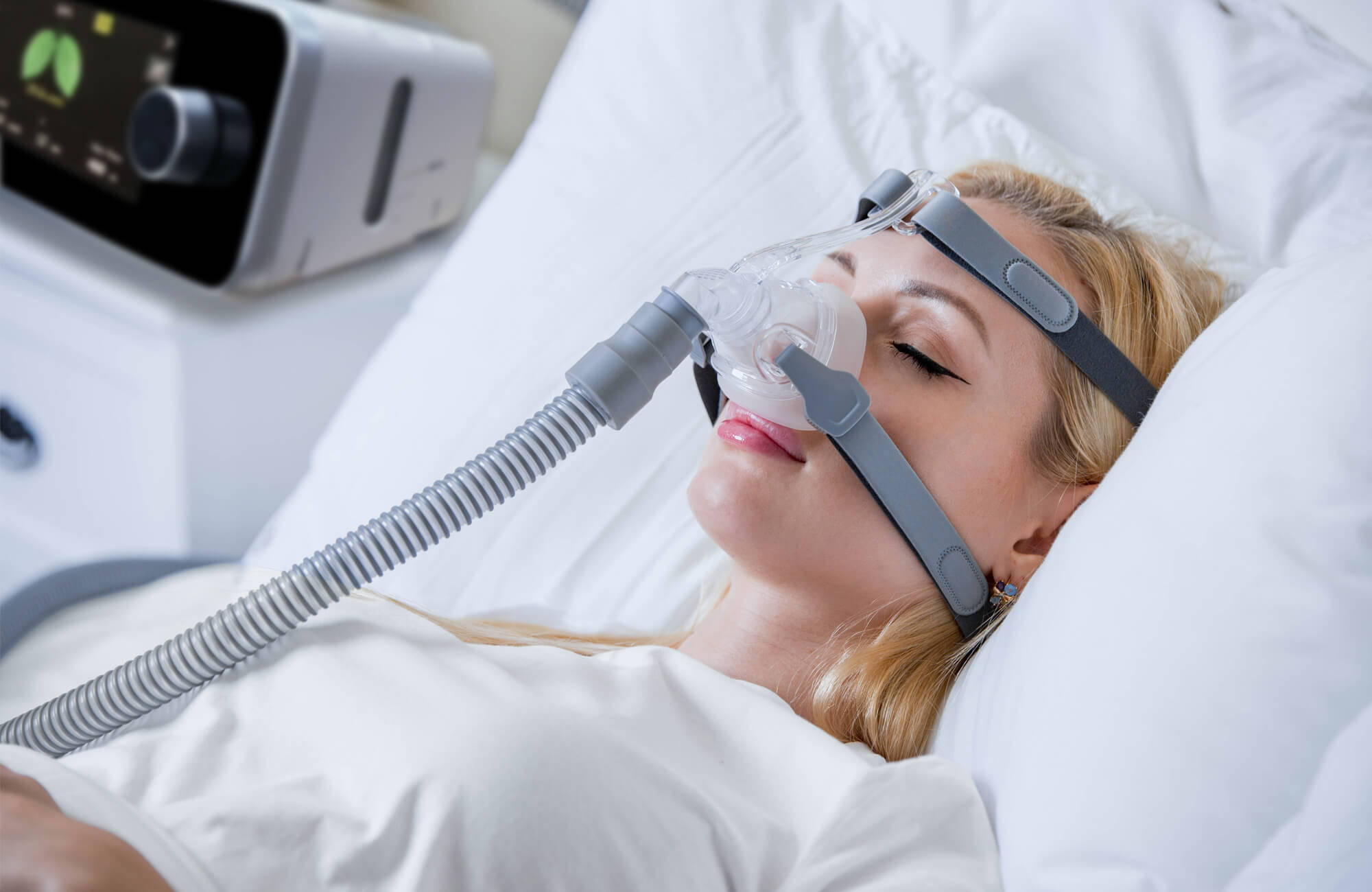Convenient BiPAP Rental Services with Quick Delivery
Convenient BiPAP Rental Services with Quick Delivery
Blog Article
Bipap vs. CPAP: Which Is the most effective for Your Rest Problem?
When browsing the intricacies of rest problems, the option between BiPAP and CPAP therapy is an important factor to consider. Each modality provides unique advantages customized to details problems, yet the decision depends upon private patient demands and convenience degrees. While CPAP offers a steady air movement appropriate for obstructive sleep apnea, BiPAP's dual stress settings may boost convenience for those with more intricate respiratory concerns. Understanding these distinctions can considerably impact therapy effectiveness, leaving one to ponder which alternative genuinely aligns with their wellness demands and lifestyle.
Comprehending Rest Disorders
Sleep problems encompass a series of conditions that interrupt normal sleep patterns, influencing both the high quality and period of rest. These conditions can show up in different kinds, including insomnia, sleep apnea, narcolepsy, troubled leg syndrome, and parasomnias. Each problem presents one-of-a-kind obstacles, commonly causing substantial daytime exhaustion, cognitive impairment, and psychological disruptions.
Sleeping disorders is characterized by trouble dropping or staying asleep, while rest apnea involves duplicated disturbances in breathing during rest, often resulting in fragmented rest. Narcolepsy, on the various other hand, is marked by excessive daytime drowsiness and abrupt rest strikes. Restless leg syndrome creates uncomfortable sensations in the legs, prompting an irrepressible urge to relocate them, which can likewise impede the capability to drop off to sleep.
The influence of sleep problems extends beyond individual health and wellness, influencing total productivity, partnerships, and lifestyle. Understanding the specific nature of each condition is crucial for reliable medical diagnosis and treatment. As sleep health and wellness ends up being progressively acknowledged as a vital component of total well-being, resolving these conditions is vital for boosting both sleep top quality and day-to-day performance.
How CPAP Works
Constant Favorable Respiratory Tract Stress (CPAP) treatment is frequently employed as a primary treatment for obstructive rest apnea (OSA) The mechanism of CPAP includes using a device that delivers a constant stream of air with a mask put on throughout rest. This airflow keeps favorable pressure in the airway, preventing the collapse or obstruction of the throat that can take place throughout rest.
When a person takes in, the CPAP maker supplies a constant flow of air, guaranteeing that the airway remains open - BiPAP Rental. This not only reduces the signs and symptoms of OSA, such as snoring and interfered with sleep patterns, however also lowers the connected health and wellness dangers, consisting of cardiovascular complications and daytime fatigue
The stress settings on a CPAP maker can be tailored to satisfy individual patient needs, usually figured out with a rest research study. Generally, CPAP therapy has actually been shown to dramatically boost the quality of rest and total health for individuals suffering from obstructive rest apnea.
Exactly How BiPAP Functions
BiPAP, or Bilevel Positive Air Passage Pressure, is a specialized type of non-invasive air flow that is especially beneficial for people with problems such as complex sleep apnea or breathing problems. Unlike CPAP, which provides a continuous stream of air at a solitary stress, BiPAP supplies two distinct pressure settings: a higher inspiratory pressure for inhalation and a lower expiratory pressure for exhalation. This dual-pressure method enables much easier breathing, reducing the effort needed throughout exhalation.
The gadget runs with a mask fitted over the nose or mouth, connected to a maker that produces atmospheric pressure. When the client inhales, the the original source machine supplies the higher stress to assist with airflow, making sure that the air passage stays open. Upon exhalation, the machine instantly reduces the stress, making it more comfortable for the client to take a breath out.

Trick Differences Between BiPAP and CPAP
:max_bytes(150000):strip_icc()/GettyImages-635878206-25ee9a42856f41cfab94873074580679.jpg)
On the other hand, BiPAP (Bilevel Positive Airway Stress) provides 2 various pressure setups: one for breathing and a lower one for exhalation. This twin stress system permits for even more comfortable breathing, specifically for clients that have problem with exhaling against a constant stress. BiPAP is usually suggested for clients with complicated rest apnea, chronic obstructive pulmonary illness (COPD), or those that require additional support during sleep.
Moreover, the intricacy of BiPAP devices usually causes a greater cost and needs much more cautious titration than go to my site CPAP. BiPAP Rental. Understanding these essential distinctions can assist in recognizing which gadget may be better for particular rest problems, setting the groundwork for enlightened treatment decisions
Picking the Right Treatment
Just how can one identify one of the most appropriate therapy for taking care of sleep conditions? The decision between BiPAP and CPAP treatment primarily rests on the particular characteristics of the sleep disorder, the patient's overall health, and their comfort with the tool. CPAP, which provides a continuous stream of air, is typically suggested for obstructive sleep apnea (OSA) It preserves an open airway throughout sleep, effectively preventing apneas and hypopneas.
Conversely, BiPAP provides two degrees of stress: one for breathing and a reduced one for exhalation. This dual stress system is valuable for individuals with complex rest apnea or those that experience trouble exhaling versus a constant stress. In addition, BiPAP is commonly advised for people with respiratory system problems, such as persistent obstructive lung illness (COPD), where varying stress setups can enhance convenience and compliance.
Ultimately, a complete evaluation by a sleep specialist, including a sleep study, can assist determine which treatment aligns finest with the patient's needs. Factors such as comfort, convenience of use, and particular clinical conditions need to likewise be considered to maximize therapy end results.
Verdict
In recap, both BiPAP and CPAP offer distinctive functions in the management of sleep disorders. CPAP is effective for obstructive sleep apnea with constant air flow, while BiPAP provides dual pressure settings that improve comfort for those with complicated sleep apnea or breathing problems. The option in between these treatments must be assisted by private requirements and problems, requiring a detailed try these out analysis by a rest professional to make certain optimum therapy results and enhanced quality of sleep.

In general, CPAP treatment has actually been shown to considerably boost the top quality of sleep and general wellness for people suffering from obstructive sleep apnea.
BiPAP is typically advised for patients with complex sleep apnea, chronic obstructive lung condition (COPD), or those that call for additional support during sleep.
CPAP is effective for obstructive sleep apnea with constant air movement, while BiPAP supplies twin stress setups that enhance comfort for those with complex sleep apnea or respiratory problems.
Report this page